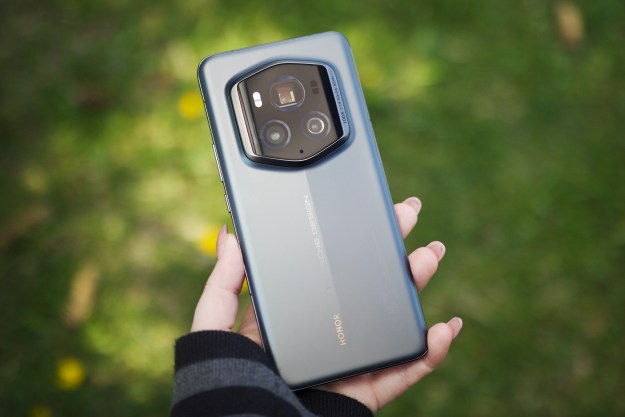In a moment of distress, a person making a 911 call can’t always communicate clearly, if at all, making it all the more difficult for first responders to get to the scene quickly.
While wireless carriers can at the current time provide an approximate ground location regarding the whereabouts of a 911 caller — vital if the caller is unable to provide it themselves — a new proposal announced by the Federal Communications Commission (FCC) requests that carriers provide an accurate vertical location so a caller can be quickly located inside a multi-story building. The location data should be accurate to within just three meters of the handset used to make the emergency call, the FCC said.
The proposal is part of the FCC’s ongoing effort to improve its Enhanced 911 location accuracy rules, which require carriers to automatically transmit information on the location of an emergency caller to 911 call centers.
According to a news release, the rules require carriers to meet “an increasingly stringent series of location accuracy benchmarks in accordance with a timetable, including provision of the caller’s ‘dispatchable location’ (such as the street address and apartment number) or vertical location.” With the cooperation of carriers, the system could launch on a phased-in basis starting in April 2021.
The FCC said the plan had been in the pipeline for a while, but it had decided to hold off on a decision until it received additional testing data, which has now occurred.
Commenting on the proposal to get carriers to provide the so-called “z-axis” location data, FCC chairman Ajit Pai said in a video statement said that in most cases, the “three-meter standard is precise enough to identify the floor level of an indoor, 911 caller. Knowing better where a caller is in a big building can improve the emergency response time and ultimately save lives.”
Matthew Gerst, vice president of regulatory affairs at the Cellular Telecommunications Industry Association (CTIA), which represents the U.S. communications industry, said that carriers have already made “significant progress enhancing 911 location accuracy capabilities,” adding, “We are encouraged by the FCC’s efforts to provide certainty around expectations and requirements to deliver vertical location information, such as z-axis.”
With cell phones now accounting for around 70 percent of 911 calls, it makes perfect sense to utilize the technology to help first responders in their work. Other efforts include a text-to-911 service that’s been available for several years, while Google has been steadily rolling out Emergency Location Services for Android devices. Apple included technology with similar functionality in its iOS 12 update for the iPhone in 2018.
Editors' Recommendations
- AT&T just made its FirstNet plans a lot more helpful for first responders
- T-Mobile promises free 5G for first responders if Sprint merger goes through


